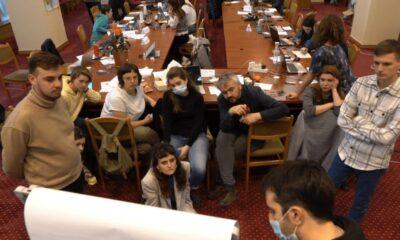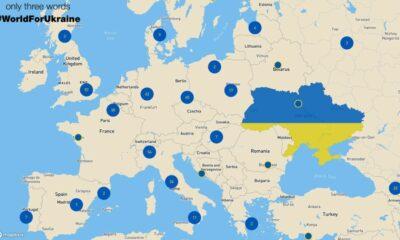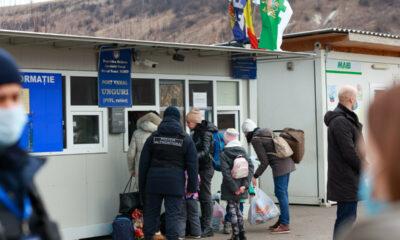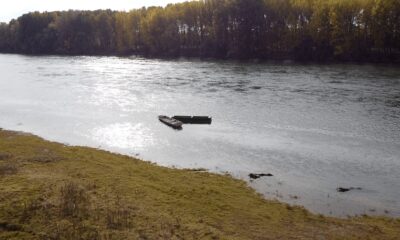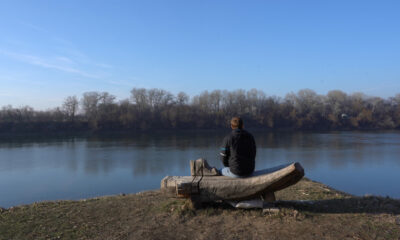Economy
Analisys: White Stream: additional outlet proposed for Caspian gas to Europe
Reading Time: 4 minutesWhite Stream, a project to transport Caspian gas via Georgia and the seabed of the Black Sea to Europe, was presented during the summit-level Energy Security Conference in Vilnius on October 10-11. Th
Author: Vladimir Socor
White Stream, a project to transport Caspian gas via Georgia and the seabed of the Black Sea to Europe, was presented during the summit-level Energy Security Conference in Vilnius on October 10-11. This pipeline project could encourage investments in Caspian gas field development by diversifying export options and transport routes directly to European Union territory. The availability of more directions and capacity could advance the timeline for Caspian gas resources coming on stream.
The proposed pipeline would branch off from the Baku-Tbilisi-Erzurum main pipeline, once the second and third phases of field development are reached at Azerbaijan’s Shah-Deniz field. The availability of the White Stream transit option should encourage the acceleration and expansion of production at Shah-Deniz as well as other offshore Azerbaijani fields (such as the deep-layer Azeri-Chirag-Guneshli gas fields). With an additional option such as White Stream reducing overall transportation risks, investors can move faster and commit to higher production targets for EU markets.
Initially named GUEU (Georgia-Ukraine-European Union), this project envisaged a seabed pipeline from Georgia to Crimea, with options to continue toward EU territory either through Ukraine’s gas transit system or, alternatively, from the Crimea to Romania’s Black Sea coast, entering EU territory there. At present, however, GUEU-White Stream project developers are also envisaging a direct route from Georgia to Romania on the seabed.
Recent positive developments on the Nabucco project and dialogue with Turkmenistan reopen prospects for trans-Caspian deliveries of Turkmen gas and involvement of Western companies in exploring and developing Central Asian gas fields. Once Turkmen gas crosses the Caspian and reaches the South Caucasus, White Stream would open one more outlet to Europe, in addition to the southern loop through Turkey. Thus, the availability of White Stream would help enhance confidence of potential Western investors in Turkmenistan and create incentives for that government to partner with the West.
The London-based GUEU-White Stream Pipeline Company is in charge of the project. Deep-water pipelines such as White Stream are constructed in a stage-by-stage process involving limited throughput capacities in each successive stage. Planned to be built with state-of-the-art technology, White Stream is projected to carry 8 billion cubic meters of gas annually in each of its strings.
With more than one trillion cubic meters in just commercial reserves at Shah Deniz, Azerbaijan has ample potential to support the existing Baku-Tbilisi-Erzurum pipeline (BTE) and its planned continuations — Turkey-Greece-Italy and first stage of Nabucco — as well as the first string of White Stream. Thus, White Stream does not compete with BTE or Nabucco for upstream resources in the first stages of these projects. In their second phases, the availability of all these pipeline outlets to Europe should attract major volumes of Central Asian gas.
Projected to have a diameter of 42 inches for the overland sections and 24 inches for the seabed sections, the White Stream pipeline would branch off from BTE west of Borjomi and run approximately 100 kilometers to Georgia’s Black Sea coast in the general area of Supsa. From there, two versions are possible, both involving ultra-deep levels across the seabed.
One version would run 650 kilometers to Ukraine’s Crimean shore near Feodosiya; cross the Crimea from east to west for 250 kilometers, with a possible connection to Ukraine’s mainland pipeline system; and continue on the seabed to the Romanian coast for 300 kilometers in shallow waters. The other version envisages laying a seabed pipeline from near Supsa in Georgia, running 1,100 kilometers to a point near Constanta in Romania. This long version may require construction of an intermediate floating compressor station in the open sea.
The highly challenging seabed construction will benefit from the experience gained in laying the Blue Stream gas pipeline from Russia to Turkey on the seabed of the Black Sea. A technological feat of Italy’s ENI and Saipem, that line runs in ultra-deep waters reaching 2,200 meters below the surface in some places — the world’s deepest-running pipeline. White Stream would run at similar depths as Blue Stream. Some of the engineers who worked on Blue Stream are said to be involved in the White Stream project. White Stream intends to use a J-lay barge of the same type as that used by Blue Stream, which was key to that technological accomplishment.
The White Stream pipeline would intersect with Blue Stream on the seabed. The project envisages lifting the White Stream line by an overpass bridge to be built at the point of intersection.
The project has an attractive range of market options, once EU territory is reached. Countries in central-eastern Europe are keen to diversify their supplies away from overdependence on Russian gas. If White Stream is to use Ukraine’s transit system for that purpose, it would require the adoption of European standards of operation and management. Ukraine’s potential membership in the EU-led Energy Community can open that prospect. In that case, White Stream could use the Ukrainian transportation network’s spare capacity to deliver Caspian gas to Poland and farther afield. Ukrainian transit pipelines have some unused capacity already now and will have even more spare capacity if and when Russia switches some export volumes to other pipeline routes.
Investment for White Stream’s first phase is estimated to be in the range of $2.5 to $3.5 billion — depending on the route version chosen — based on an annual throughput capacity of 8 billion cubic meters of gas, over a five-year period from the start of implementation. The second phase would add another 8 billion cubic meters of gas annually, either again from Azerbaijan or from the eastern Caspian shore. That expansion would require a parallel 24-inch diameter pipeline on the seabed of the Black Sea. The third phase expects another 16 billion cubic meters of eastern Caspian gas. In that relatively optimistic eventuality, White Stream could carry a total 32 billion cubic meters of Caspian gas annually to European countries.
The White Stream project can provide a politically safe, shortest-route supplemental outlet for Caspian gas, adding an incentive for construction of trans-Caspian pipeline links and Western investments in Turkmenistan. White Stream’s planned second- and third-phase schedules are calculated to advance the time for more ambitious involvement in gas extraction in Turkmenistan by Western companies.
Economy
Moldova will receive a disbursement of 36 million euros as part of the the Economic Recovery Plan
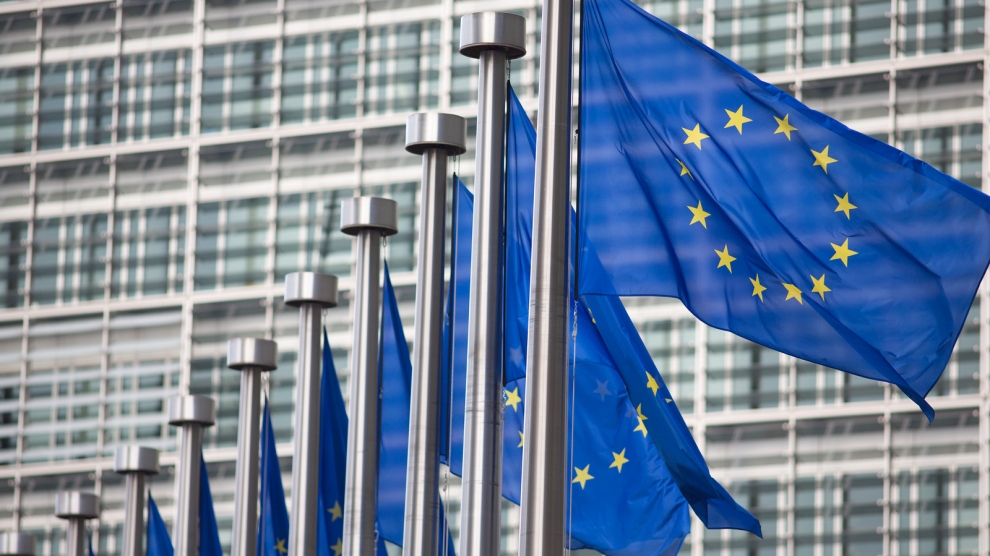
This week, the European Commission approved the disbursement of 36 million euros in grant money for the Republic of Moldova. The announcement was made by Deputy Director-General for Neighbourhood Policy and Enlargement Negotiations at the European Commission, Katarina Mathernova, who paid an official visit to the Republic of Moldova between September 13-15, together with Managing Director for Russia, Eastern Partnership, Central Asia, Regional cooperation and OSCE, at the European External Action Service, Michael Siebert.
The EU officials had meetings with President Maia Sandu, Minister of Foreign Affairs and European Integration, Nicu Popescu, Speaker of Parliament, Igor Grosu, Prime Minister of the country, Natalia Gavrilita, as well as key representatives of Government, international financial institutions and the civil society, according to a press release issued by the Delegation of the European Union to the Republic of Moldova.
Beside such topics as the EU-Moldova relations and prospects, the priorities of the reform agenda of the new Moldovan Government, preparations for the Eastern Partnership Summit at the end of the year and the Transnistrian conflict settlement, the officials also discussed the EU assistance in support of reforms and the Economic Recovery Plan for Moldova, which was announced in June with a total EU support of 600 million euros over the next 3 years.
“The first measures under the Economic Recovery Plan will shortly materialize, with the expected disbursement of 36 million euros in grant money under budget support programmes to support the authorities’ efforts to fight against the consequences of the pandemic. Moldova can count on EU’s assistance on its path to reforms and to recovery, bringing tangible results to citizens,” Katarina Mathernova stated.
The plan is based on assistance provided by the European Union through various bilateral and regional instruments, aiming to mobilize the funds in the form of grants, loans, guarantees and macro-financial assistance.
“The Economic Recovery Plan for the Republic of Moldova involves much more, not just this financial support provided immediately. It must help digital transformation, strengthen infrastructure, energy efficiency, education and support small and medium-sized enterprises,” the EU official also said.
As Prime Minister Natalia Gavrilita informed, “The Economic Recovery Plan and the 5 flagship initiatives for Moldova in the Eastern Partnership will directly contribute to the reform and consolidation of institutions, stimulate long-term socio-economic development, bring direct benefits to citizens, and unleash new economic opportunities through promoting the green agenda and digitization. Small and medium-sized enterprises (SMEs) have been hit hard by the crisis. Promoting and diversifying access to finance and reducing collateral requirements will be essential in supporting economic operators. We are grateful to the EU partners who will launch two programs to support 50 000 independent Moldovan SMEs to adapt to the new conditions.”
President of the Republic of Moldova, Maia Sandu, welcomed the decision of the European Union to disburse about 745 million lei in grant money, as the official page of the President’s Office announced. “EU support comes after a long period of freezing of European assistance, caused by former governments. We managed to relaunch the political dialogue with the European Union and resume financial assistance. The Republic of Moldova is gradually regaining the trust of its strategic partners. This European support is also a signal of encouragement for the new Government team in its commitment to clean up the institutions, fight corruption and launch development programs in the country,” said Maia Sandu.
Photo: unknown
Economy
Romania and Moldova signed a partnership memorandum pledging to cooperate in promoting their wines
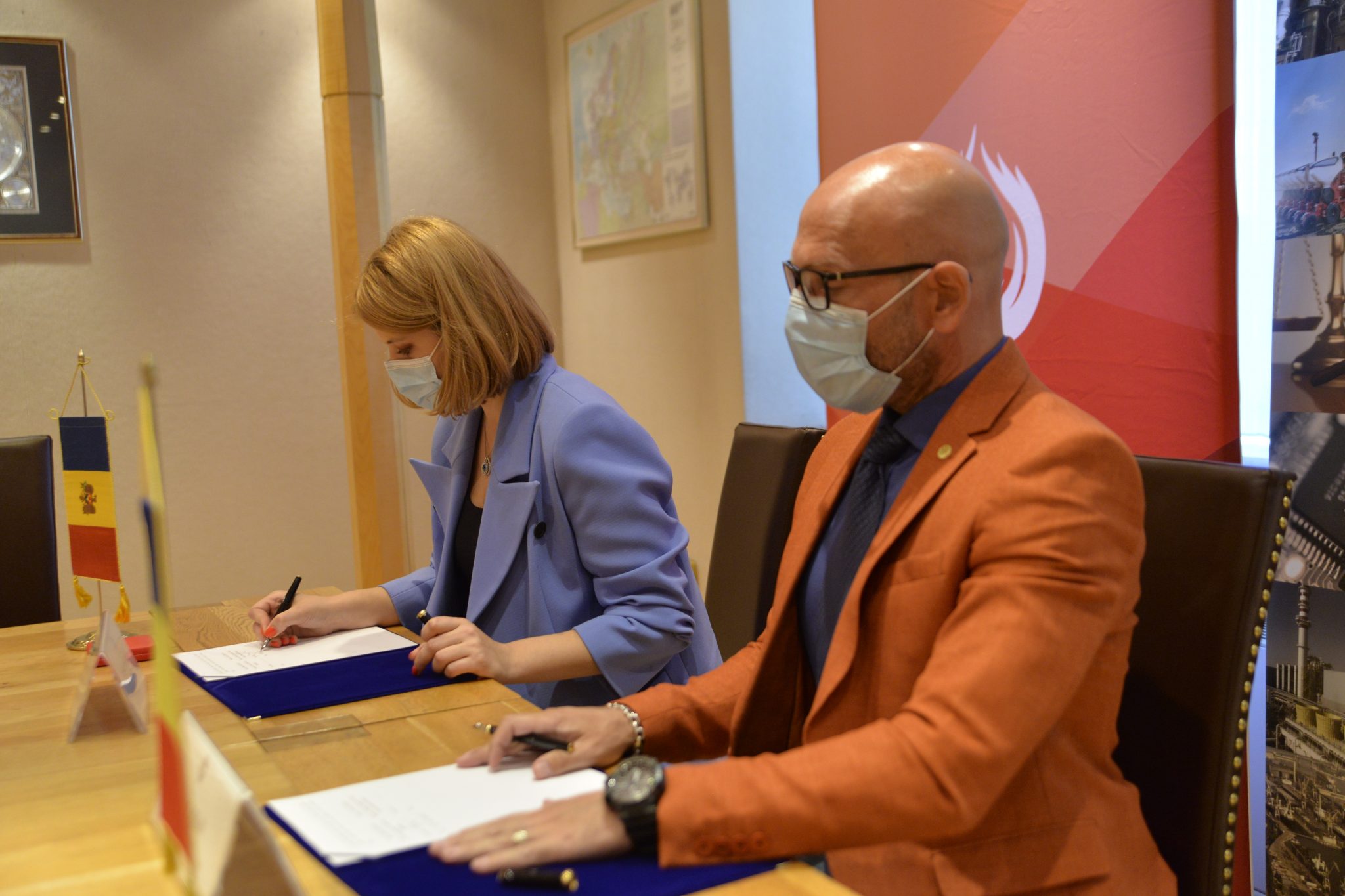
The Chamber of Commerce and Industry of Romania (CCIR) and the National Office for Vine and Wine (NOVW) of the Republic of Moldova signed, last week, a memorandum of cooperation on organizing joint promotional activities in the markets of common interest, as the CCIR announced.
China, Japan or the USA are just some of the markets targeted by the Romanian and Moldovan institutions. The memorandum also involves advertising activities for wines from common indigenous varieties, promoting the oeno-tourist region, developing a tourist route in the two states, exchange of experience, study visits, and mutual support in identifying new export opportunities. “We are very confident that this collaboration between our organizations will lead to sustainable economic growth and a higher degree of well-being among Moldovans and Romanians,” claimed Deputy Secretary-General of CCIR, Bogdan Visan.
On the other hand, Director of the NOVW, Cristina Frolov, declared that no open competition with Romania is aimed at the governmental level of the Republic of Moldova. “This request for collaboration is a consequence of the partnership principle. Romania imports 10-12% of the wine it consumes, and we want to take more from this import quota. Every year, the Romanian market grows by approximately 2.8%, as it happened in 2020, and we are interested in taking a maximum share of this percentage of imported wines without entering into direct competition with the Romanian producer,” the Moldovan official said. She also mentioned that Moldova aims at increasing the market share of wine production by at least 50% compared to 2020, and the number of producers present on the Romanian market – by at least 40%.
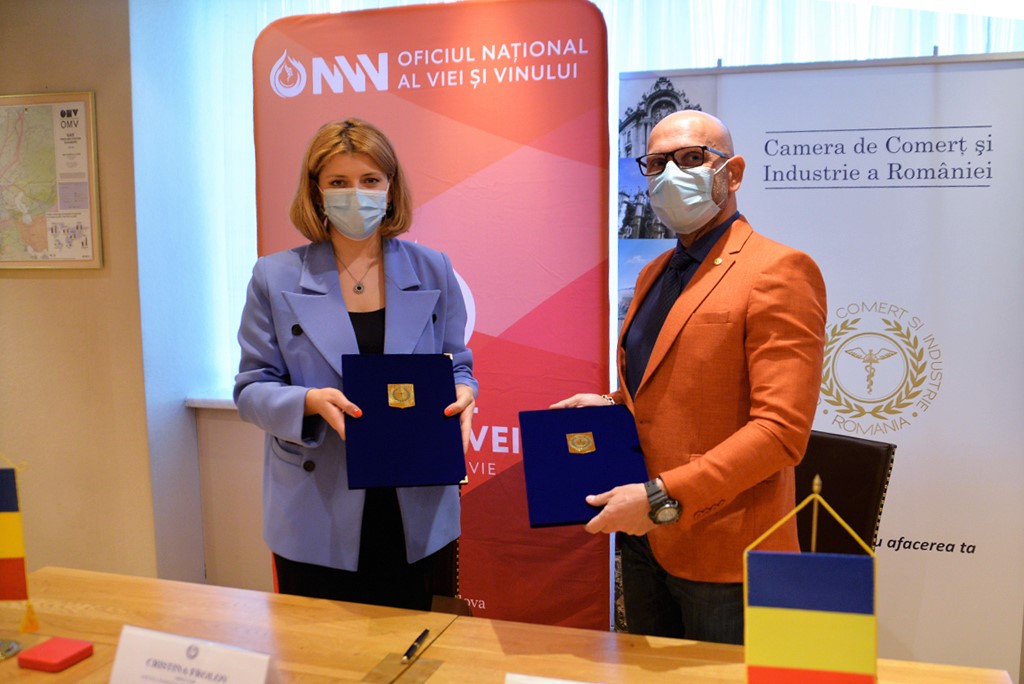
Source: ccir.ro
**
According to the data of the Romanian National Trade Register Office, the total value of Romania-Moldova trade was 1.7 billion euros at the end of last year and over 805 million euros at the end of May 2021. In July 2021, there were 6 522 companies from the Republic of Moldova in Romania, with a total capital value of 45.9 million euros.
The data of Moldova’s National Office of Vine and Wine showed that, in the first 7 months of 2021, the total quantity of bottled wine was about 27 million litres (registering an increase of 10% as compared to the same period last year), with a value of more than one billion lei, which is 32% more than the same period last year. Moldovan wines were awarded 956 medals at 32 international competitions in 2020.
Photo: ccir.ro
Economy
Moldova’s hope to be a top walnut exporter and its main difficulties
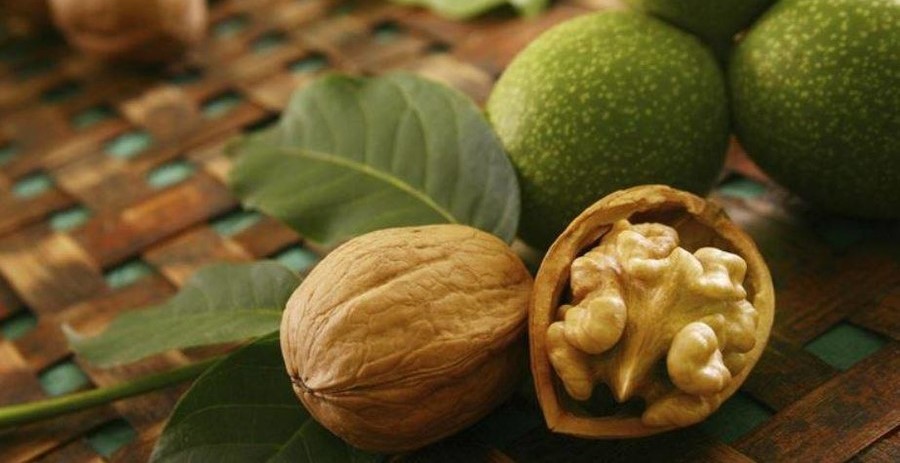
The Republic of Moldova has perfect weather conditions for growing walnut trees, that creating a great potential of walnut production and trade, especially on international markets, where the demand is way higher than the product’s supply. National and international experts believe that the country’s walnut production industry is on the verge of important transformations, which could lead to increased yields, quality and competitiveness worldwide.
According to authorities, Moldova exports 34-35 thousand tons of walnuts in shell, which is about 7% of the total export of fruit and 5% of the total export of horticultural products. The export value is assessed as being $120 million, that being 57-60% of the total fruit export value and about 50% of horticultural export value. Most of walnut crops are exported to the EU countries, such as France, Germany, the Netherlands, Romania and Austria. The country’s exports were among the world’s top 10 when it comes to the highest dollar value of the product during 2020.
Viorel Gherciu, Minister of Agriculture and Food Industry, pointed out that the production in the domestic walnut industry has increased by 55% in the last five years, which ranks Moldova among the main producers in the world.
“The biggest opportunity for this industry is that we are in the geographical proximity of the largest walnut import area in the world, which is the European Union, with almost 40% of total imports in the world. We are on the EU border, with privileged relations, with an Association Agreement. We already enjoy a good relationship in working with European importers, they trust our processors. A very close collaboration has been created and this is, in fact, the guarantee for those who invest in the area,” claimed the president of the Walnut Producers Association, Oleg Tirsina.
The data provided by the National Bureau of Statistics show that there are 34.7 thousand hectares of walnut plantations in the country. 20.90 hectares are represented by orchards. 75% of planted orchards are formed of old varieties trees. 30-35% of the exported production comes from orchards, the rest comes from individual farmers and plantations along the roads. This means that the quality of walnut production is not at its maximum potential. Developing commercial plantations through orchards modernization and extension of walnut varieties would provide double yield and better quality, experts say.
Governmental support in the form of subsidizing solutions, foreign investments and credit options are indispensable for the industry development. One of the financing options is the credit line of the European Investment Bank Project. Since 2016, 15 producers and processors of nuts, almonds and hazelnuts have benefited from these loans with the total amount of investments worth 8.7 million euros. A further extension of the project would provide another 60 million euros for the modernization of the horticultural sector in general and for harvesting organic walnuts in particular.
Photo: heymoldova.com


